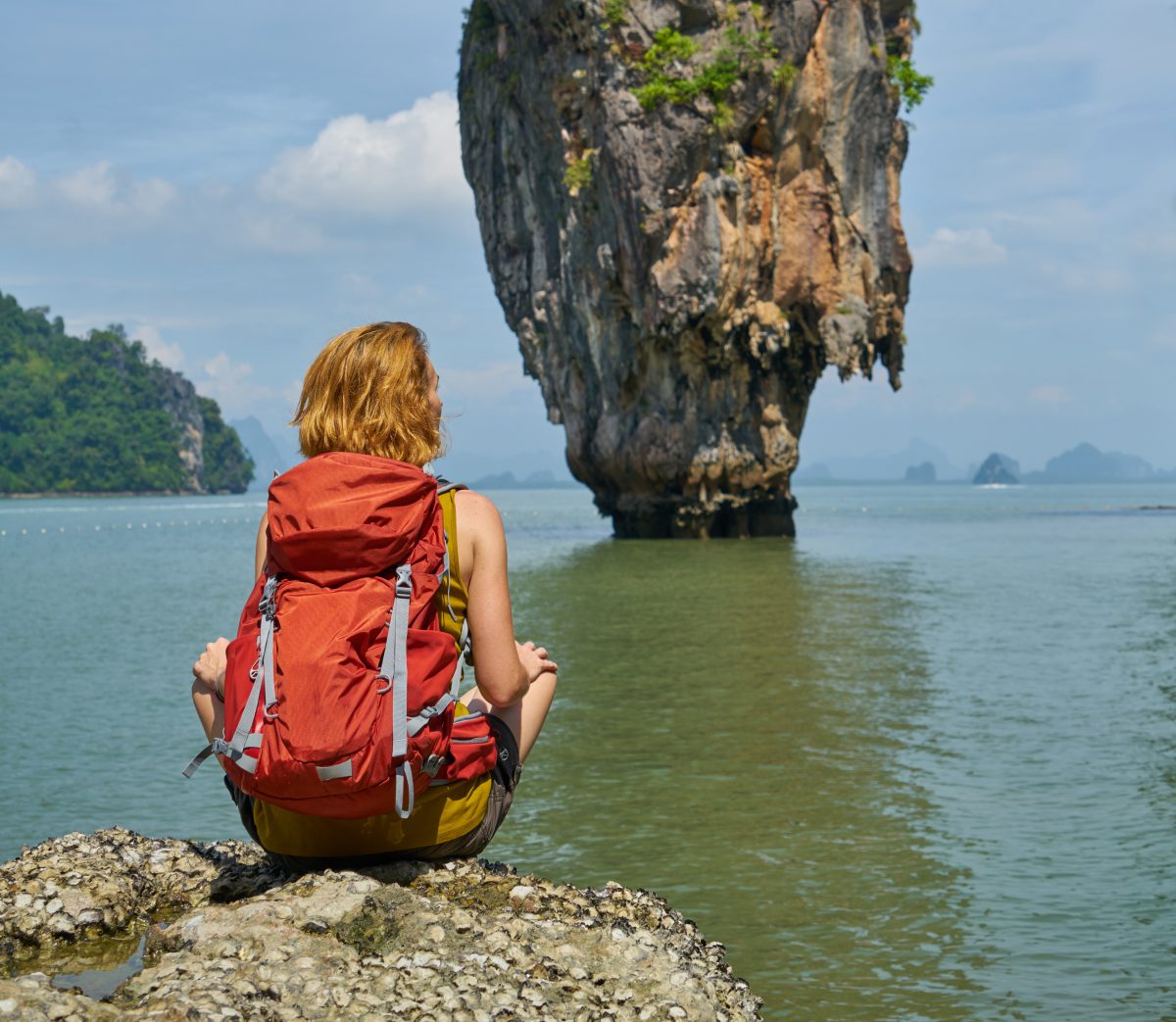How can we better protect animals in tourism?
In recent years, attention for the negative aspects of wildlife tourism attractions has been increasing. Can wildlife tourism contribute sufficiently to protect and conserve wildlife, or do we need to reconsider our relationship with animals? Wildlife as tourism commodity with exchange value has a good, a bad, and an ugly side. Wildlife tourism can make tourists more aware of the intrinsic value of animals and improve their quality of life.
The good
Wildlife tourism has an enormous economic value which can be used to protect wildlife and their natural habitats. This economic power can be used to combat the illegal trade in wildlife. In 2018, wildlife tourism represented over five times the value of the illegal wildlife trade. Wildlife tourism generated 240 billion dollars in expenditure.
The bad
Besides the positive economic impacts for local communities and natural habitats, there are also numerous negative impacts of wildlife tourism, such as affecting breeding, feeding and foraging patterns of wildlife, littering, trampling of vegetation, building roads or clearing land for developing tourism infrastructure.
The ugly
Some forms of wildlife tourism harm the animals and conservation efforts. Animals are taken from the wild, kept in unsuitable conditions, and are forced to have interactions with tourists. Examples are ‘selfie safaris’ with tigers, walking with lions, dolphin and orca shows, swimming with dolphins, and elephant rides. In 2014, the World Animal Protection (WAP) raised awareness of the harmful nature of elephant rides and other tourism attractions.
What can the tourism sector do?
Two tourism branch organisations, the Dutch ANVR and the British ABTA, have taken the lead by developing guidelines for animal welfare in tourism. More and more tour operators use these guidelines to assess their tourism products on animal friendliness. As governments often do not have laws to protect the welfare of wildlife, several non-governmental organisations have established codes of conduct. At NHL Stenden, we organise the yearly Animal Welfare Conference, which we do in cooperation with the other Bachelor Tourism Management programs in the Netherlands, big players in the tourism industry as well as important animal protection organisations. The goal of the conference is to raise awareness on animal welfare issues in tourism among tourism students.
Importance of wildlife tourism to reconnect with nature
Wildlife tourism plays an important role in restoring our relationship with nature. In the highly urbanised world we live in today, most humans encounter big and iconic wildlife on holiday. Such encounters have the potential to shape an appreciation for nature, an awareness of threats facing wildlife, and a commitment to environmentally friendly behavior. They make tourists more aware of the intrinsic value of nature which is important in raising awareness on, and gaining support for, animal welfare.
What do we do?
We investigate human-nature relationships in the leisure and tourism industry, with the goal to contribute to quality of life for all. After all, we share this planet together. At this moment we are doing a monitoring project on measuring awareness on, and support for, bird protection measurements in the Wadden Sea area called Wij & Wadvogels.
This blog is based on Akke Folmer’s lecture “Animals in Tourism” in the module “Tourism Resource Management” by Maaike Bergsma part of NHL Stenden’s Tourism Management course.
1 å




